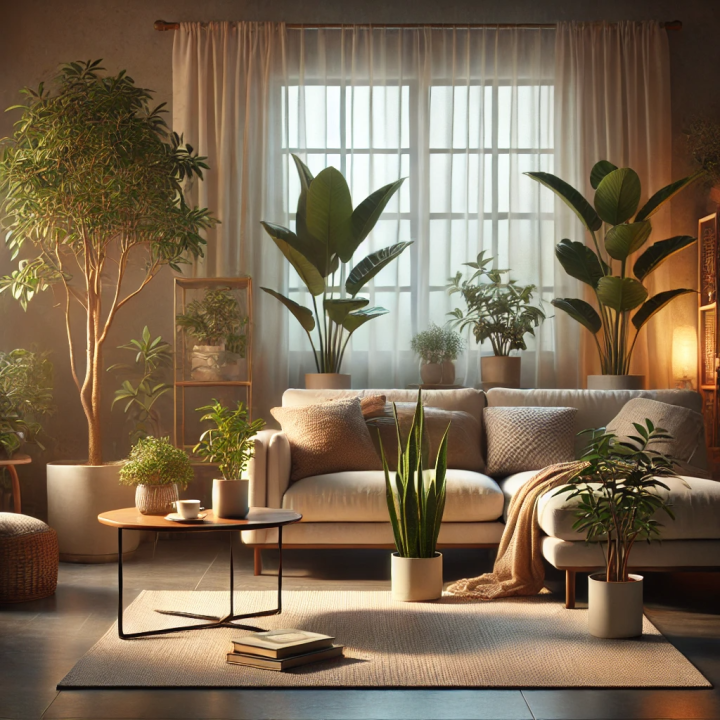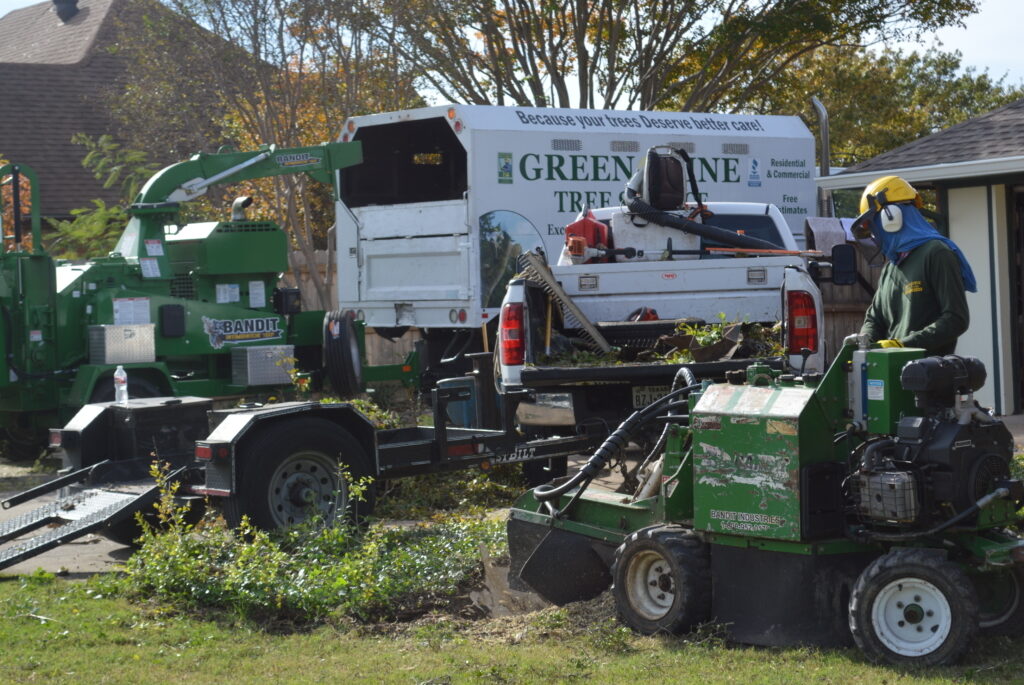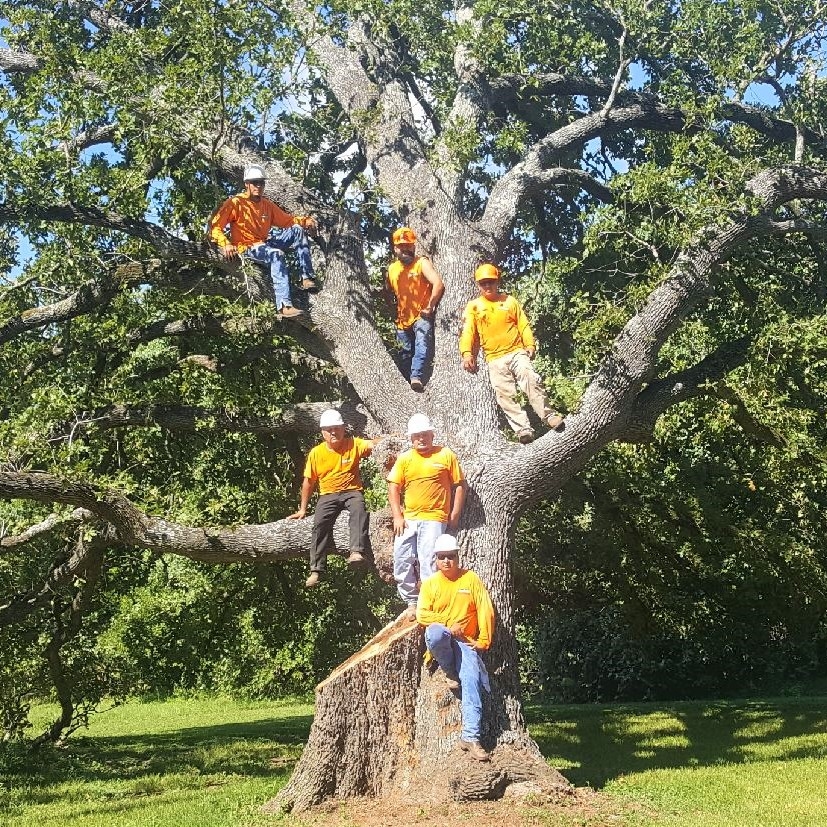Indoor Trees Low Light
Indoor trees can transform your living space into a tranquil and green oasis, bringing not only aesthetic charm but also several health benefits, including cleaner air. But if your home lacks bright, natural light, don’t worry! Some indoor trees are tough and adaptable, thriving even in low-light conditions. In this article, we’ll explore the best indoor trees for low light, how to care for them, and how to ensure they thrive in your home.
What Are Low-Light Indoor Trees?
Low-light indoor trees are plants that can tolerate minimal sunlight, typically indirect or diffused light. These trees have adapted to survive in darker corners of your home, where direct sunlight is sparse. If you live in an apartment or house with few windows or rely on artificial lighting, these trees will be your go-to companions.
Benefits of Having Indoor Trees in Low-Light Areas
Improved Air Quality
Many low-light indoor trees are excellent air purifiers. They absorb toxins like formaldehyde and benzene from the air, helping to create a healthier living environment.
Stress Relief and Mental Health Benefits
Studies have shown that having greenery around can significantly reduce stress and boost mood. Even just seeing a bit of nature indoors can enhance feelings of relaxation and well-being.
Enhancing Aesthetic Appeal
Indoor trees bring life to any space. Whether you have a modern minimalist apartment or a cozy rustic home, these trees add a natural touch that complements any decor style.
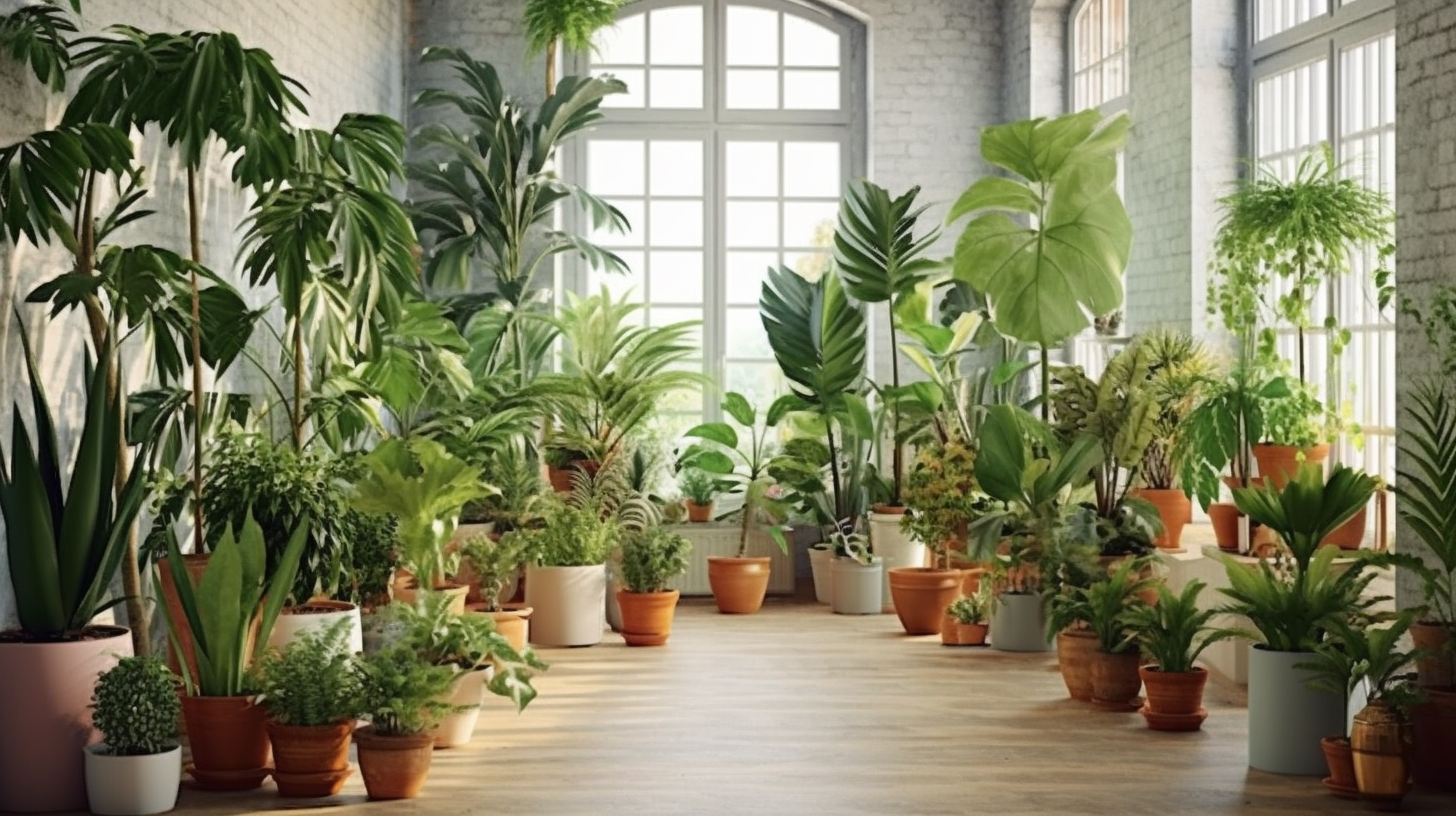
Best Low-Light Indoor Trees
1. Snake Plant (Sansevieria)
The snake plant is a superstar in the world of indoor plants. It thrives on neglect and does well in low-light conditions. The upright, sword-like leaves make it an eye-catching addition to any room.
Care Tips: Water it sparingly, as this plant is drought-resistant. Ensure well-draining soil and avoid placing it in direct sunlight.
2. ZZ Plant (Zamioculcas Zamiifolia)
Known for its glossy, waxy leaves, the ZZ plant is almost indestructible. It thrives in very low-light areas and is highly resistant to pests and disease.
Care Tips: Water it every 2-3 weeks, and let the soil dry out between waterings. It can tolerate both low light and fluorescent lighting.
3. Rubber Tree (Ficus Elastica)
Rubber trees are not only easy to care for but also grow quickly, even in dimly lit spaces. Their broad, shiny leaves make them a statement piece in any room.
Care Tips: Allow the top layer of soil to dry out before watering. They prefer slightly humid environments, so occasional misting helps.
4. Parlor Palm (Chamaedorea Elegans)
The parlor palm has been a favorite indoor tree since the Victorian era, and it continues to impress today. Its feathery fronds bring a tropical feel to any room, even if there’s little sunlight.
Care Tips: Keep the soil slightly moist, but don’t let it sit in water. This plant prefers indirect light but tolerates low light.
5. Dragon Tree (Dracaena Marginata)
The dragon tree is perfect for adding a touch of the exotic to your home. It has thin, spiky leaves and is extremely hardy, making it ideal for low-light spaces.
Care Tips: Let the soil dry between waterings and avoid overwatering. It’s very tolerant of low light but will thrive with some indirect sunlight.
Factors to Consider When Choosing a Low-Light Indoor Tree
Space Availability: Some trees grow tall, while others remain compact. Be sure to choose a tree that fits the space you have.
Maintenance Requirements: If you’re a busy person, opt for low-maintenance trees like the ZZ plant or snake plant.
Aesthetic Preferences: Choose a tree that matches your decor and personal style. Some trees have striking, architectural shapes, while others are more lush and full.
Care Tips for Low-Light Indoor Trees
Watering Schedules: Most low-light trees need less water than their sun-loving counterparts. Check the soil moisture before watering.
Soil and Pot Selection: Use well-draining soil and a pot with drainage holes to avoid root rot.
Rotating Plants: Rotate your plants every few weeks to ensure even growth on all sides, especially if light is coming from just one direction.
Common Mistakes to Avoid
Excessive watering is the top cause of indoor plant death. Be sure to allow the soil to fully dry out before watering again.
Placing Trees Too Far from Light: Even low-light plants need some light. Don’t place them in completely dark corners.
Ignoring Humidity Levels: Some indoor trees prefer a slightly humid environment. Use a humidifier or place a water tray nearby for better results.
How to Boost Light Levels in Low-Light Rooms
If your space is particularly dark, you can boost light levels using artificial lights. LED grow lights are excellent for providing the spectrum of light your plants need to thrive. Position your indoor trees near windows where they can still receive indirect light.
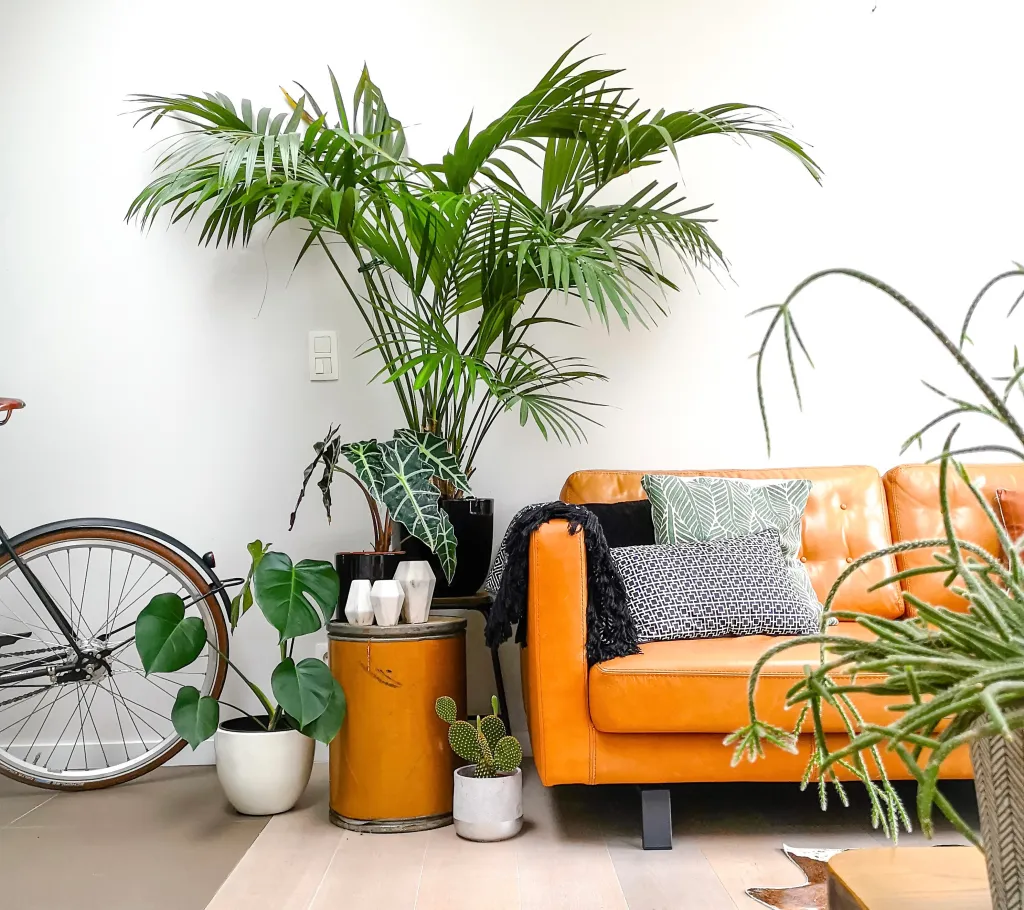
How to Know if Your Indoor Tree is Thriving
Signs of Healthy Growth: New leaves, steady growth, and a vibrant color are good indicators that your plant is happy.
Warning Signs: Yellowing leaves, leaf drop, or stunted growth could mean your tree is stressed. Adjust watering, light, or humidity to correct the issue.
Decorating with Low-Light Indoor Trees
Low-light trees can be a key feature in your home decor. Use attractive pots and plant stands to highlight them. Place taller trees in corners or next to furniture to soften the look of a room.
The Role of Humidity in Growing Indoor Trees
Humidity is essential for certain trees, especially in low-light areas where the air can get dry. Misting your plants, grouping them together, or using a pebble tray can help maintain the right humidity levels.
Indoor Trees That Can Tolerate Neglect
If you tend to forget to water your plants or travel frequently, opt for low-maintenance trees like the snake plant, ZZ plant, or rubber tree. These species can go for weeks without attention and still look fabulous.
